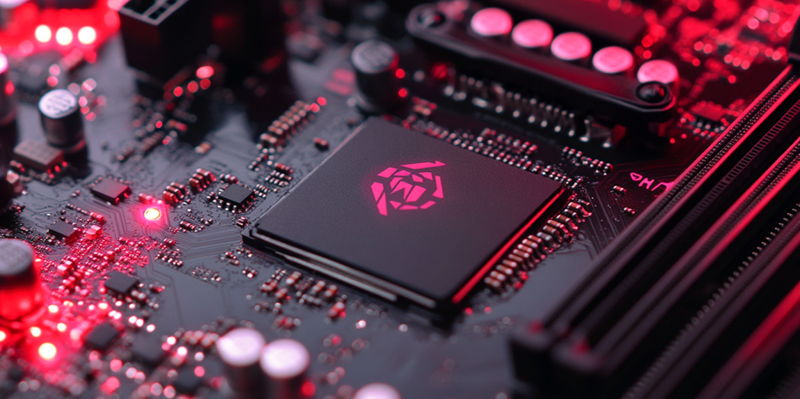AMD has made a significant announcement that its Strix Point APUs will now support LPDDR5X-8000 memory, marking a noticeable improvement over the previously supported 7500 MT/s. This upgrade is poised to enhance overall performance, making it particularly beneficial for devices equipped with large integrated GPUs that thrive on higher memory bandwidth. The advances in memory configuration, which now include support for a 2x2R setup, enable the use of two dual-rank memories across two DIMMs. This innovation promises to improve the handling of higher frequencies and bring about significant performance gains.
In the highly competitive hardware market, where every minor upgrade can set a company apart, AMD’s decision to boost memory speeds aligns with the industry’s prevailing trend. Manufacturers are continually striving to provide faster memory speeds to meet the growing performance demands of modern computing. It is anticipated that similar memory support enhancements will be extended to AMD’s next-generation Krackan Point and Strix Halo APUs, both of which are built on the sophisticated Zen 5 and Zen 5c architectures. This move underscores AMD’s broader strategy to perpetuate the enhancement of their existing Zen 5 lineups, maintaining a competitive edge.
Anticipated Real-World Impact
The first product expected to showcase this advanced memory support will be the HP EliteBook X G1a, scheduled to debut in December 2024. However, it remains to be seen how much of a tangible difference the additional 500 MT/s will impart in actual usage scenarios. Previous benchmarks have indicated that while high memory frequencies theoretically offer performance benefits, the real-world gains can sometimes be marginal, depending on the application. Despite this, the faster memory speeds are likely to be significantly advantageous for Accelerated Processing Units (APUs) that feature robust integrated graphics.
Furthermore, there’s growing excitement surrounding rumors that AMD’s Strix Halo "Ryzen AI Max" APUs might support an impressive capacity of up to 96 GB of memory. This feature positions these APUs as strong contenders in both workstation and high-end mobile platform markets. The potential leap in capabilities, assuming that latency remains low while memory speeds increase, could revolutionize how these computing units handle complex tasks, multi-threading, and intensive graphics applications.
Future Implications and Industry Response
AMD has announced that its Strix Point APUs will now support LPDDR5X-8000 memory, a significant improvement over the previously supported 7500 MT/s. This upgrade is expected to boost overall performance, especially for devices with large integrated GPUs that benefit from higher memory bandwidth. The new memory configuration, which includes support for a 2x2R setup, allows the use of two dual-rank memories across two DIMMs, enabling better handling of higher frequencies and resulting in notable performance gains.
In the fiercely competitive hardware market, even small upgrades can distinguish a company. AMD’s decision to increase memory speed aligns with the industry’s trend of providing faster memory to meet the demands of modern computing. This enhancement is expected to extend to AMD’s next-generation Krackan Point and Strix Halo APUs, both built on the advanced Zen 5 and Zen 5c architectures. This move highlights AMD’s broader strategy to continually improve its Zen 5 lineup, ensuring they stay competitive. By consistently upgrading their memory support, AMD aims to meet the growing performance requirements of the computing world.

